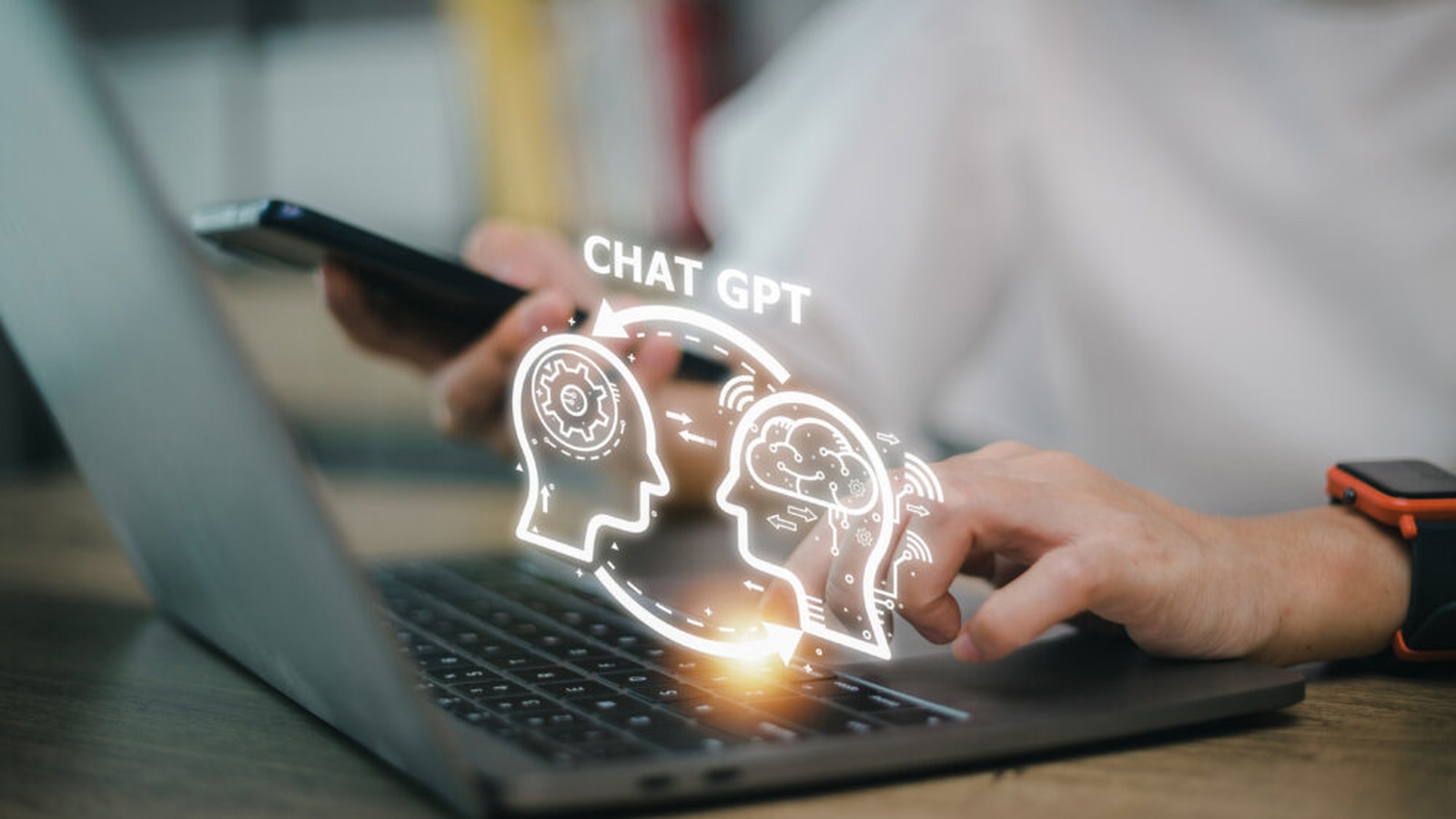What is ChatGPT?
ChatGPT is a language generation model developed by OpenAI. It's based on the GPT-3.5 architecture, which stands for Generative Pre-trained Transformer 3.5. GPT-3.5 is one of the most advanced versions of the Generative Pre-trained Transformer models, known for its capability to generate human-like text and understand context in a given piece of writing.
ChatGPT is designed to engage in interactive and dynamic conversations with users. It can understand and generate natural language responses based on the input it receives. ChatGPT can be used for a variety of purposes, including answering questions, providing explanations, generating creative writing, simulating characters in a story, offering programming help, language translation, and more.
However, it's important to note that ChatGPT's responses are generated based on patterns it has learned from the vast amount of data it was trained on and may not always be accurate, complete, or reliable. It's best used as a tool for assistance, brainstorming, and inspiration, with users critically evaluating the information it provides.
How ChatGPT Can Be Used in Learning and Teaching?
ChatGPT can serve various educational purposes, supporting both students and educators in a number of ways:
Assistance with Homework and Assignments: Students can use ChatGPT to seek explanations, clarifications, and examples for challenging homework problems, helping them understand concepts better.
Tutoring and Concept Reinforcement: ChatGPT can provide tutoring by explaining complex topics, breaking them down into simpler components, and offering additional practice problems.
Language Learning and Practice: Students learning a new language can engage with ChatGPT in conversations, allowing for language practice, vocabulary building, and sentence formation.
Writing Support and Feedback: ChatGPT can offer writing tips, grammar corrections, and suggestions to improve essays, reports, or creative writing assignments, helping students enhance their writing skills.
Research Assistance: ChatGPT can assist students in finding reliable sources, suggesting research topics, and outlining approaches to their research projects.
Interactive Learning Activities: ChatGPT can simulate interactive dialogues, historical conversations, or even act as characters in stories, making history, literature, and other subjects come alive for students.
Concept Clarification and Q&A: Students can ask ChatGPT questions about specific concepts or topics to clarify doubts, reinforcing what they've learned and stimulating critical thinking.
Programming and Coding Help: ChatGPT can assist students learning to code by providing explanations, code snippets, debugging help, and guidance on programming concepts.
Brainstorming and Ideation: ChatGPT can help students brainstorm ideas for projects, presentations, or creative works, encouraging creativity and critical thinking.
Inquiry and Exploration: Students can use ChatGPT to explore new topics, ask open-ended questions, and spark their curiosity, promoting a culture of inquiry.
However, it's important to emphasize that ChatGPT should complement traditional educational methods, not replace them. Teachers and educators play a crucial role in guiding students, setting learning objectives, and ensuring that the information obtained from ChatGPT is accurate and aligned with educational goals. Additionally, privacy and safety considerations should be taken into account when using ChatGPT in an educational context.
In addition, it has the capabilities of;
· Writing essays
· Writing learning objectives
· Writing lesson plans
· Designing an outline for the class syllabus
· Designing quiz/test questions
· Designing a rubric
· Writing a script for a podcast or video
· Writing emails to students
· Writing computer code
· Providing directions for a learning activity
Use ChatGPT as an educational tool
Integrating ChatGPT as an educational tool involves thoughtful planning and guidance to ensure productive and responsible usage. Here's a step-by-step approach on how to effectively use ChatGPT in an educational setting:
Introduction and Familiarization
Begin by introducing students to ChatGPT and explaining its purpose as an educational aid. Familiarize students with the capabilities and limitations of ChatGPT to set appropriate expectations.
Establish Guidelines and Best Practices
Clearly outline the acceptable use of ChatGPT and establish guidelines to ensure responsible and meaningful interactions. Emphasize the importance of verifying information obtained from ChatGPT through other reliable sources.
Define Learning Objectives
Align the use of ChatGPT with specific learning objectives, topics, or subjects that will be covered. Clearly articulate how ChatGPT will support those objectives and enhance the learning experience.
Incorporate ChatGPT into Lessons
Integrate ChatGPT at relevant points during lessons to provide additional explanations, answer questions, or engage in interactive discussions. Pose questions or prompts to ChatGPT that encourage critical thinking and deeper understanding of the subject matter.
Encourage Thoughtful Interactions
Guide students on how to structure questions and prompts to get the most informative and relevant responses from ChatGPT. Encourage students to critically evaluate and validate the responses received from ChatGPT.
Monitor and Provide Feedback
Regularly monitor students' interactions with ChatGPT to ensure adherence to guidelines and appropriate usage. Provide constructive feedback on how to improve interactions, question phrasing, and critical evaluation of responses.
Facilitate Collaborative Learning
Use ChatGPT to stimulate group discussions, debates, or collaborative problem-solving activities to encourage teamwork and engagement. Encourage students to use ChatGPT as a resource to help each other and foster a culture of peer learning.
Reflect and Assess
Periodically reflect on the integration of ChatGPT into the educational process and gather feedback from students to assess its effectiveness. Adjust the approach and usage based on feedback to enhance its educational impact.
Promote Ethical Usage
Reinforce the importance of responsible and ethical use of ChatGPT, including avoiding plagiarism and respecting intellectual property rights. Discuss the implications of misinformation and the necessity of verifying information from credible sources.
Privacy and Data Safety Awareness
Educate students on the importance of safeguarding their personal information and not sharing sensitive data during interactions with ChatGPT. Ensure compliance with privacy and data protection regulations and policies.
By following these steps and integrating ChatGPT thoughtfully into the educational environment, you can enhance student engagement, facilitate learning, and foster critical thinking and analytical skills. Always prioritize the responsible and beneficial use of this tool to maximize its educational potential.


